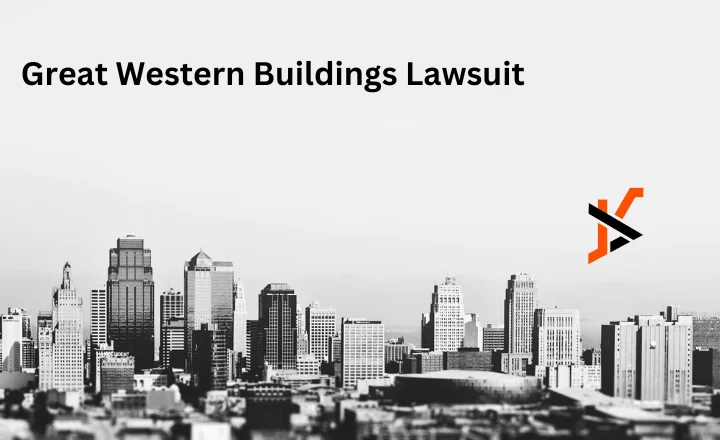Introduction to the Case
The Great Western Buildings lawsuit, a complex legal battle involving multiple stakeholders, has become a significant topic in the realm of property law and corporate accountability. This case, emerging from a series of events surrounding the construction and management of a major real estate development, encapsulates numerous legal, ethical, and financial implications. The lawsuit not only highlights the intricate nature of real estate development but also underscores the multifaceted challenges faced by corporations, investors, and regulatory bodies in the modern business landscape.
The Genesis of the Project
The roots of the Great Western Buildings lawsuit trace back to the ambitious inception of the Great Western Buildings project. This venture, spearheaded by a renowned development company, aimed to create a mixed-use complex including residential, commercial, and public spaces. The project was touted as a revolutionary step in urban development, promising to rejuvenate the area and provide substantial economic benefits.
Rising Tensions and Initial Complaints
However, as the project progressed, it became mired in controversy. Allegations of substandard construction practices, violations of safety regulations, and breaches of contractual agreements began to surface. These issues were initially raised by a group of concerned stakeholders, including investors, tenants, and local community representatives, who claimed that the developers had not adhered to the agreed-upon standards and regulations.
Filing of the Lawsuit
The situation escalated when a formal lawsuit was filed against the great western buildings lawsuit developers. The plaintiffs, consisting of a diverse group of stakeholders, accused the developers of negligence, fraud, and breach of contract. The lawsuit sought to hold the developers accountable for the alleged shortcomings in the construction and management of the project.
Key Allegations and Counterclaims
The plaintiffs’ primary allegations centered around three areas: construction quality, safety standards, and financial mismanagement. They claimed that the developers had used inferior materials, disregarded essential safety protocols, and misappropriated funds. In response, the developers issued a series of counterclaims, denying the allegations and asserting that they had complied with all contractual obligations and industry standards.
Examination of Evidence
The legal proceedings involved a meticulous examination of a vast array of evidence. This included construction records, financial documents, safety inspection reports, and testimonies from various experts in architecture, engineering, and real estate. The complexity of the case was evident in the sheer volume and diversity of the evidence presented.
The Role of Expert Witnesses
Expert witnesses played a crucial role in the proceedings. Specialists in construction, real estate, and finance were called upon to provide insights into the technical aspects of the case. Their testimonies helped to clarify the standards and practices relevant to the allegations, offering the court an informed perspective on the issues at hand.
Impact on the Real Estate Industry
The Great Western Buildings lawsuit has had far-reaching implications for the real estate industry. It has brought to light the importance of adhering to construction standards, maintaining ethical business practices, and ensuring transparency in financial dealings. The case has also prompted discussions about the need for stricter regulatory oversight in the industry.
Legal Precedents and Future Implications
Legally, the case has set important precedents in property law, particularly in the areas of corporate responsibility and contractual obligations. It has highlighted the legal complexities inherent in large-scale development projects and the need for comprehensive legal frameworks to address these challenges.
Conclusion: A Lesson in Accountability and Compliance
In conclusion, the Great Western Buildings lawsuit represents a landmark case in the intersection of real estate development, corporate ethics, and legal responsibility. It underscores the need for rigorous adherence to quality standards, ethical business practices, and legal obligations in the highly competitive and complex world of real estate development. The lawsuit serves as a cautionary tale for developers, investors, and regulatory bodies, emphasizing the importance of accountability and compliance in the pursuit of progress and innovation in urban development.
